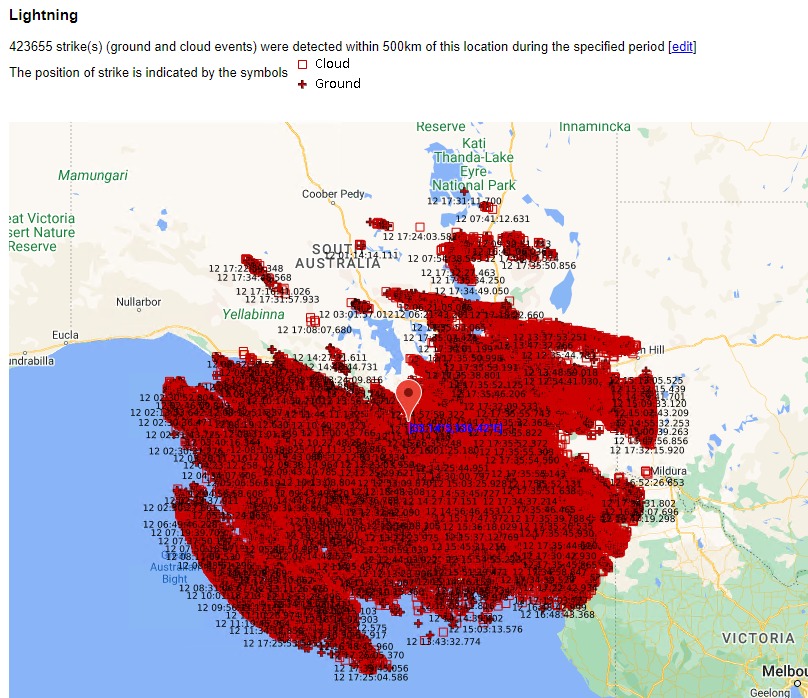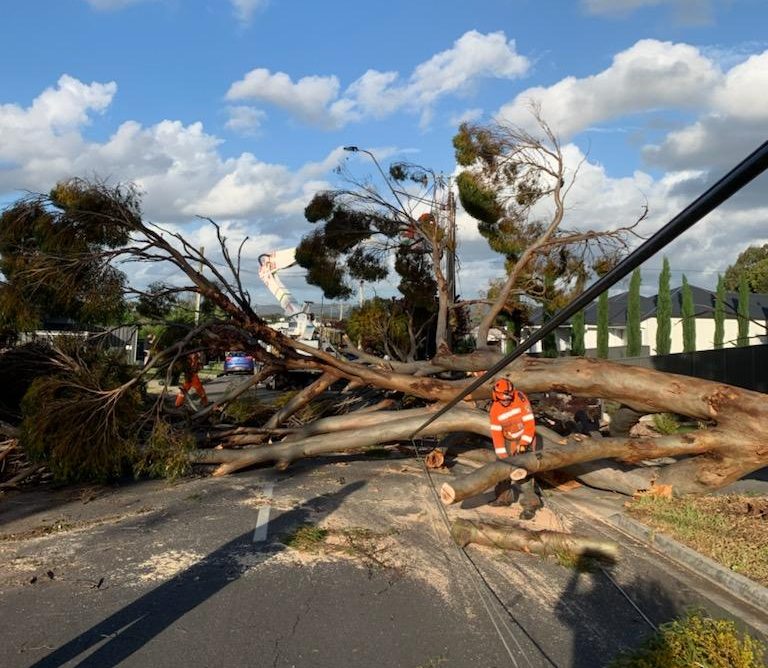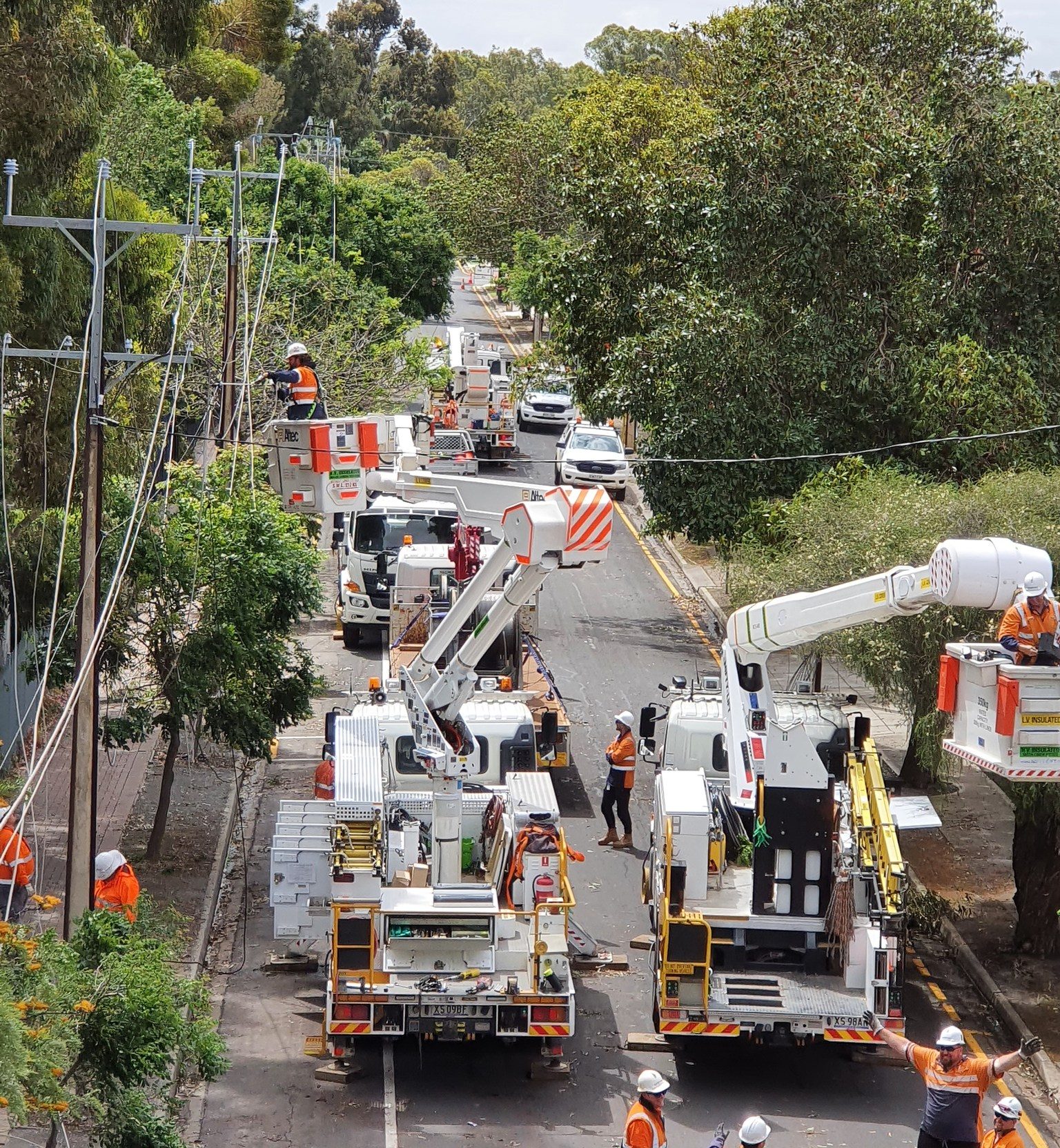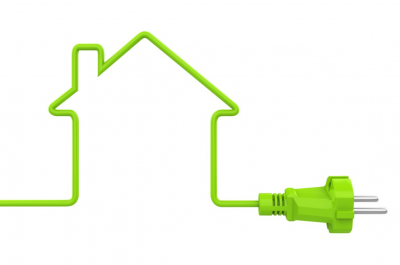SA storm response – navigating climate change impacts through the transition
The recent storm activity in South Australia brought back memories of the 2016 “system black’’ event. This state-wide blackout occurred when cyclonic winds brought down multiple transmission lines in SA’s mid-north. The chain reaction sent the entire state black, though most of the 1.7 million South Australians affected had their power back within eight hours. In this most recent storm, 163,000 customers were impacted by widespread destruction of the distribution network due to a combination of lightning strikes and storm cells that brought many trees down onto powerlines.

This article looks at the important things this event tells us about the future and how networks, governments and market bodies are working together to create an electricity system more resilient to climate change impacts.
What happened
On Saturday 12 November, a major storm impacted both the transmission and distribution networks that supply SA customers. More than 420,000 lightning strikes and winds exceeding 100kmph were recorded. The major damage occurred when a cyclonic storm cell moved across populated areas at about 4pm, leaving a swathe of destruction in its path.

A tower on the interconnector with Victoria was flattened on a section of the Heywood interconnector near Tailem Bend (~90km southeast of Adelaide), prompting the Australian Energy Market Operator (AEMO) to invoke an emergency security-of-supply response. The distribution network was extensively damaged with reports of more than 500 wires down and outages stretching right across the state affecting 163,000 customers or 20 per of the customer base.
The Heywood Interconnector is currently the only AC transmission link between South Australia and the rest of the National Electricity Market – more on that later.
In addition to the mass response from SA Power Networks and its contractors, Essential Energy provided 24 additional three-person field crews from NSW to help get customers back on supply as quickly as possible.

The lack of interconnection mentioned earlier meant there was nowhere for excess solar generation (which is usually exported to Victoria) to go. This contributed to a phenomenon known as minimum demand, which is well explained by this handy AEMO fact sheet.
Early in the event AEMO issued several market notices and directed SAPN to exercise emergency backstop measures made possible by the South Australian Government’s Smarter Homes legislation.
What does this tell us about the future?
This event has highlighted consequences of increasingly severe weather that until now have not been as well documented and understood. One of these issues gaining alot of media attention is curtailment of residential solar.
Some quick numbers for context of the event:
- Total installed solar capacity in SA is ~1.9GW
- Projected output was expected to peak at ~1.4GW, this number also includes largescale solar farms.
- The total peak amount of Solar PV curtailed was ~400MW, only about 100MW of which came from large scale solar farms.
- For perspective, this means only ~300MW of the 1.4GW (or ~21%) of customer solar production was curtailed for this relatively infrequent event.
To add another perspective, there is no textbook answer for managing a power system with as much variable renewable energy powering the grid as South Australia. It is literally being written as you read this article.
But like any new skill, we must learn to walk before we can run. From an engineering perspective, some level of curtailment is part and parcel of running in a high renewables grid now and into the future.
It’s likely that as our understanding grows, we’ll get a lot better at minimising the “wasted” energy (like through Dynamic Operating Envelopes or Flexible Exports[1]), but we’re just not there yet.
What is not often spoken of, but keeps governments and grid operators awake at night, is the counterfactual where a blackout affects an entire state (or worse). If the choice is curtailing a small number of customers to keep the lights on, or causing a blackout by not curtailing solar, the answer is a no-brainer.
How is industry preparing for the future?
There is a lot of focus by networks throughout Australia on making the grid more resilient to climate change impacts.
This starts by ensuring a strong and positive working relationship between industry stakeholders. In SA, a lot of preparation between AEMO, Electranet, SA Power Networks and the state government happens before, during and after events like this. We shouldn’t take the importance of this for granted.
The concept of “stronger together” also applies for the grid and with the Project Energy Connect (PEC) Interconnector coming online in 2025/6, there will be a greater margin of safety for South Australians.
In the industry “summer bushfire preparation” is now known as “seasonal preparation”. Particularly in the lead up to the South Australian spring season (lots of solar output and not much load).
Voltage management sometimes gets a bad rap, but in SA it has doubled the amount of solar hosting capacity on the distribution network. This outcome was also recognised by the SA Premier’s energy innovation award[2].
Energy Networks Australia has also made a contribution by helping our members get a better grasp on understanding the expected effects of climate change through “laymen’s interpretations” of authoritative reports like the Intergovernmental panel on Climate Change (IPCC)[3].
While the impact of major weather events on a system with very high renewable penetration may currently look like a South Australian problem, it’s only a matter of time before it becomes an Australia-wide problem. This stresses the importance for state, federal governments, industry and society in general to learn from the SA experience, and work together to deliver a future we need, not just the individual outcomes we want.
[1] https://www.sapowernetworks.com.au/industry/flexible-exports/
[2] https://www.energymining.sa.gov.au/home/events-and-initiatives/initiatives/premiers-awards-energy-and-mining/2021_award_nominees/sa_power_networks_-_enhanced_voltage_management
[3] https://www.energynetworks.com.au/resources/reports/2022-reports-and-publications/electricity-networks-a-guide-to-climate-change-and-its-likely-effects/


